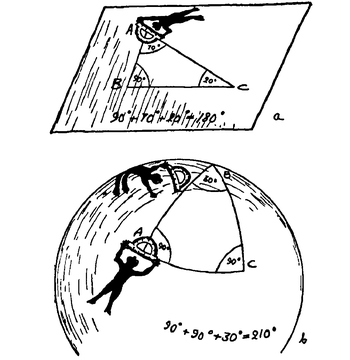This site is being phased out.
Computational science training: 2012
The projects are run by Peter Saveliev for the grant "REU Site: Computational Science Training at Marshall University for Undergraduates in the Mathematical and Physical Sciences" (Principle Investigator: Howard L. Richards). Over the summers of 2010–2012, the Departments of Mathematics, Physics, and Chemistry at Marshall University will jointly host twelve students for ten weeks of instruction and research in computational science.
The general goal is to do something new computationally while learning some math.
This year's theme is Physics simulations and discrete exterior calculus.
Contact me if you have any questions:

Contents
Meetings
2:30, Smith Hall 516
- Monday June 4
- Tuesday June 5
- Friday June 8
- Monday June 11
- Wednesday June 13
- Monday June 18
- Thursday June 21
- Monday June 25
- Friday June 29
- Monday July 8
- Thursday July 12
- Monday July 16
- Wednesday July 18
- Monday July 23
- Wednesday July 25
- Friday July 27
- Monday July 30
- Friday August 3
Necessary background
- Linear algebra: course, at least vectors and matrices;
- Differential equations: course, just the basic ideas;
- a computer language: C#,
- LaTeX,
and, in addition,
- Differential forms: course, at least the discrete part.
Physics simulations and discrete exterior calculus
The goal of this project is to create simulations of heat transfer, wave propagation, liquid flow etc, based on a modern view of calculus. This approach is based on differential forms. Normally, one deals with partial differential equations, i.e., equations with respect to derivatives of the quantities involved and then "samples" or "discretizes" these PDEs via finite differences to create a simulation. Instead, we look at the derivations of these PDEs and, based on the physics, represent each quantity as a differential form of appropriate degree determined by its nature. The discrete versions of these equation, i.e., equation with respect to discrete differential forms, are ready-made simulations (similar to cellular automata) of the processes. The main advantage of this bottom-up approach is that the laws of physics (conservation of energy, conservation of mass, etc, as in Finite volume method) are satisfied exactly rather than approximately, as is the case with discretization of PDEs.
Some reading:
- Discrete exterior calculus == calculus of discrete differential forms
- Discretization of calculus
- Calculus is topology
- Cubical complexes
- Isotropy in numerical PDEs
Book source:
- Discrete Calculus: Applied Analysis on Graphs for Computational Science by Grady and Polimeni (that's a review; the book itself is here.)
It's quite advanced though, in comparison.
Plan for the summer and beyond
- Learning some discrete calculus.
- Finishing the heat transfer project
- Designing simulations based on the physics of the processes:
- wave equation,
- fluid flow produced by a vector field and/or particle modeling,
- lattice gas cellular automata,
- heat transfer and diffusion,
- Maxwell equations.
- Studying isotropy, "stability", and other convergence, of the discrete to the continuous, issues.
- Coding tools of discrete exterior calculus:
Participants
- Zachary Ahlers, BS Physics/Mathematics -- Contributions
- Christopher Means, BS Physics/Mathematics -- Contributions
- Jack Goodman, MS Mathematics -- Contributions
- Peter Saveliev -- Contributions
This wiki is to be used as a scrapbook for this research. Some of the rules to follow are here: Guide for contributors. Feel free to copy from all sources (this site, Wikipedia, PlanetMath), as necessary.
- >>Notes of the meetings
- >>Once in a while check out Recent changes.
Old projects:
- The topology of data by Joseph Snyder,
- 3D image analysis by James Molchanoff,
- Evaluating image-to-image search by Misha Dowd,
- Modeling with discrete exterior calculus by Julie Lang.
